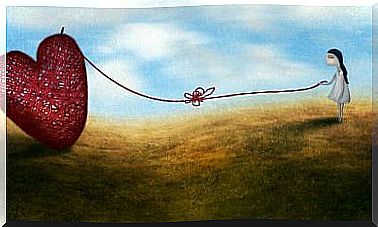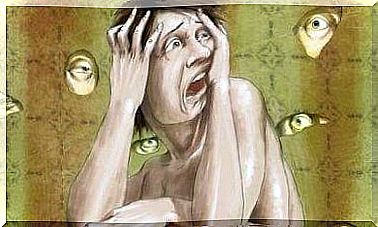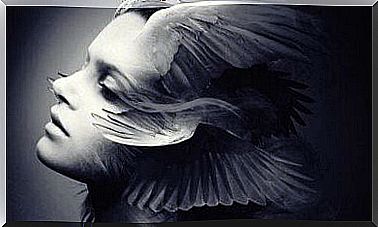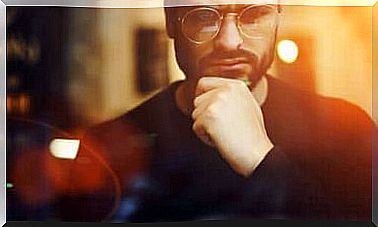Strategies For Developing Creativity

The world and history are full of creative people who have developed solutions or blazed paths that no one else had ever walked before. Probably, many of these people had better skills than most to be able to leave the legacy they are remembered for now. However, it is also true that many other people have left their legacy through work aimed at leveraging this ability.
In this sense, creativity has a good part of the insight of a “eureka” or a happy idea, but the phrase attributed to one of the great creative geniuses, Pablo Picasso, is no less true. This great artist stated that, “ if inspiration has to come, let it be working, let it be a moment in which we can take advantage of it”.
To enhance our creativity, studies present us with different strategies. One of the best known is the idea storm, or brainstorming, which simply consists of releasing several ideas, recording them in some medium as quickly as possible. Generally, this technique is done by writing the ideas on a paper or board, and expanding as much as possible the connection between one concept and another. It can be done in groups or individually; it doesn’t matter the form, as the dynamics are always the same and give good results, especially in problems that offer a lot of alternatives. If this tool is used in groups, the results will always be richer, as the number of suggested ideas will be greater. Research in this sense says that approximately 80% of the times it is used, the final result is found, which is a good initial idea to refine afterwards.
Another procedure for developing creativity is the so-called Walt Disney creativity strategy or Disney strategy. This one, as its name implies, was developed by the popular creator of the most famous cartoon empire in the world. Unlike the previous one, it can only be done individually. The explanation is simple: our being is the channel of direct connection with ideas. Disney’s creativity strategy is to look at an idea from three different points of view; in this case, the only premise to take into account is that, in order to trigger the process, it is necessary to have an original idea to work from.
Specifically, Disney’s creativity strategy is based on valuing an idea from a dreamy, critical and realistic point of view. They say she was born because Walt Disney had three offices; one was a white space, with lots of light and an extremely minimalist aesthetic; the other was a sober office, classically decorated, with rugs, armchairs, and soft light; the third and last was a space decorated in a modern way, with colors, original and avant-garde furniture for the time, intermediate light and a perfect balance between sobriety and a playful environment. They say that every time Walt Disney wanted to plot one of his films, he always went through the three offices; in the first he had the craziest and most illogical ideas, in the second he dedicated himself to being the worst critic in the world and even insulted the results obtained in the first office, and in the third, with the information from the first and second, he was looking for a way to be content to both arriving at an intermediate point of these ideas. There it is, three offices, three types of lists, three very different characters… What do they have in common? A single brain!
In all creativity techniques there is something in common: we. Let’s be more or less creative, we will always be there, we are part of it. The only thing you need to know is how to work them and when to apply them. It is more than proven by research carried out by American universities that creativity is born, but it also develops. At this point we could use the classic gym comparison; Isn’t it true that to gain muscle we go to the gym or exercise at home? Because with skills it’s the same. If these are not worked on daily or periodically, they atrophy and do not work as they should.
Exercise to develop creativity
Finally, I want to propose a simple neurolinguistic programming exercise that ties in perfectly with the theme of creativity strategy. In a way, this exercise could be considered an extension of the other. it’s called: The Three Mentors .
The exercise is simple and based on the same concept; value an idea from different points of view. As with Walt Disney’s creativity strategy, in this exercise we will look at an idea from three different positions. This consists of choosing three characters: an acquaintance who doesn’t deserve much respect, a famous person that we respect for some reason, and a fictional character that also inspires respect.
The exercise is developed by closing your eyes and imagining that you are one of these characters; we can talk like him, sit or walk like he would… and the goal is to come to think like he would. What would he say about the question we are posing? What would he advise? How would he face this same problem? After going through the three positions, the more times the better, we will have a series of answers written down on a piece of paper, which we can take as a starting point to look for a possible solution to our problem.
This strategy, like most that present themselves for the empowerment of creativity, seeks to take us out of our traditional mental mechanisms and make our thoughts work with others that we don’t use as often. In this way, using different procedures, we will probably reach different solutions, more or less valid, but we will always have a source of creative wealth.
Image courtesy of alphaspirit








